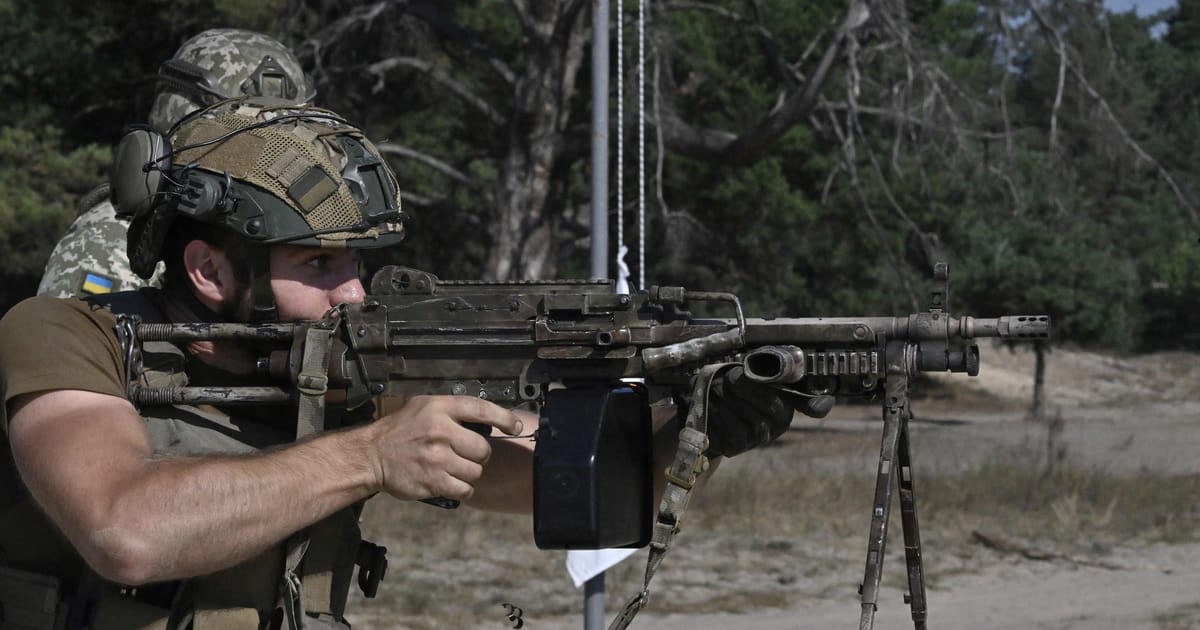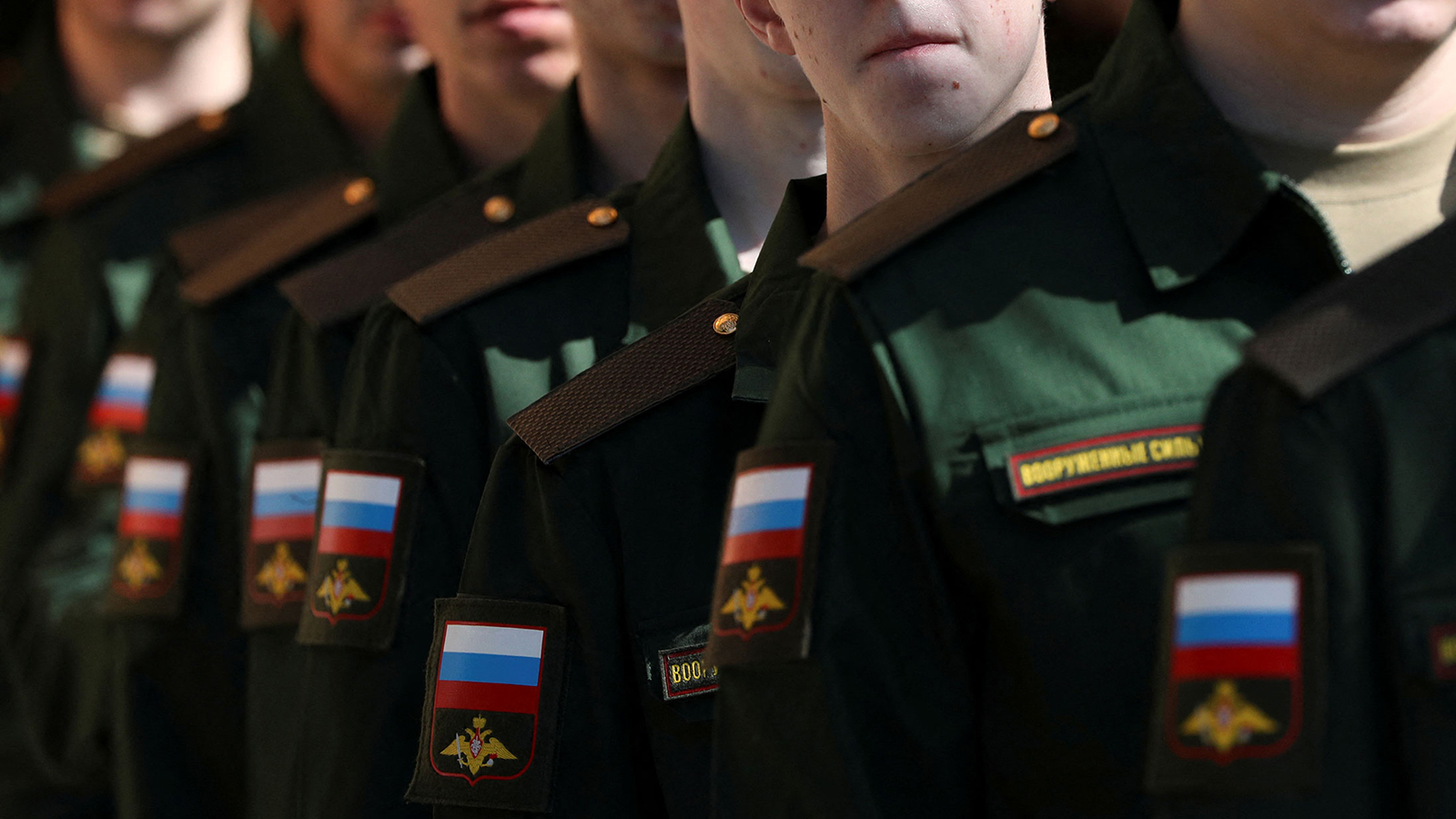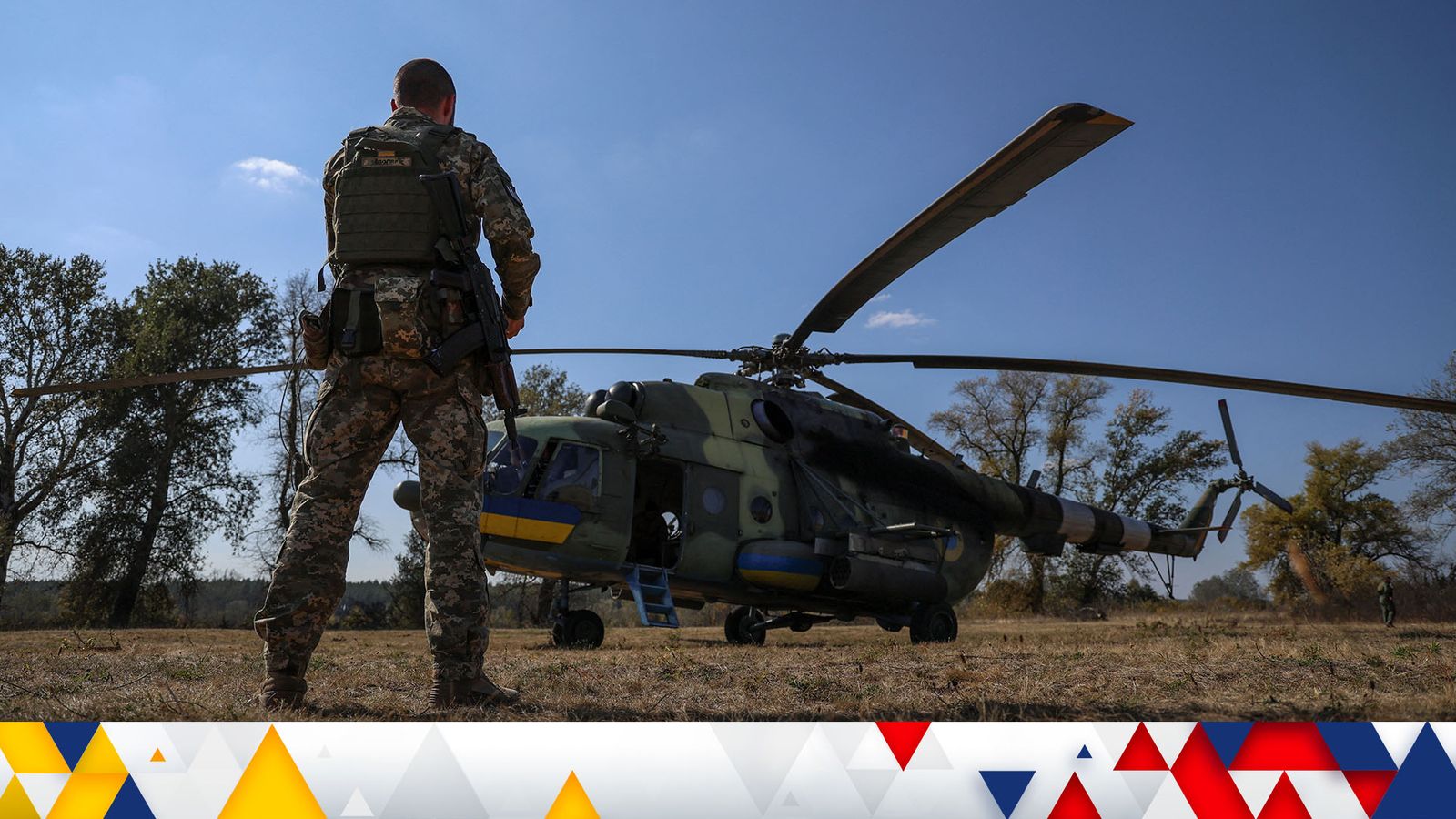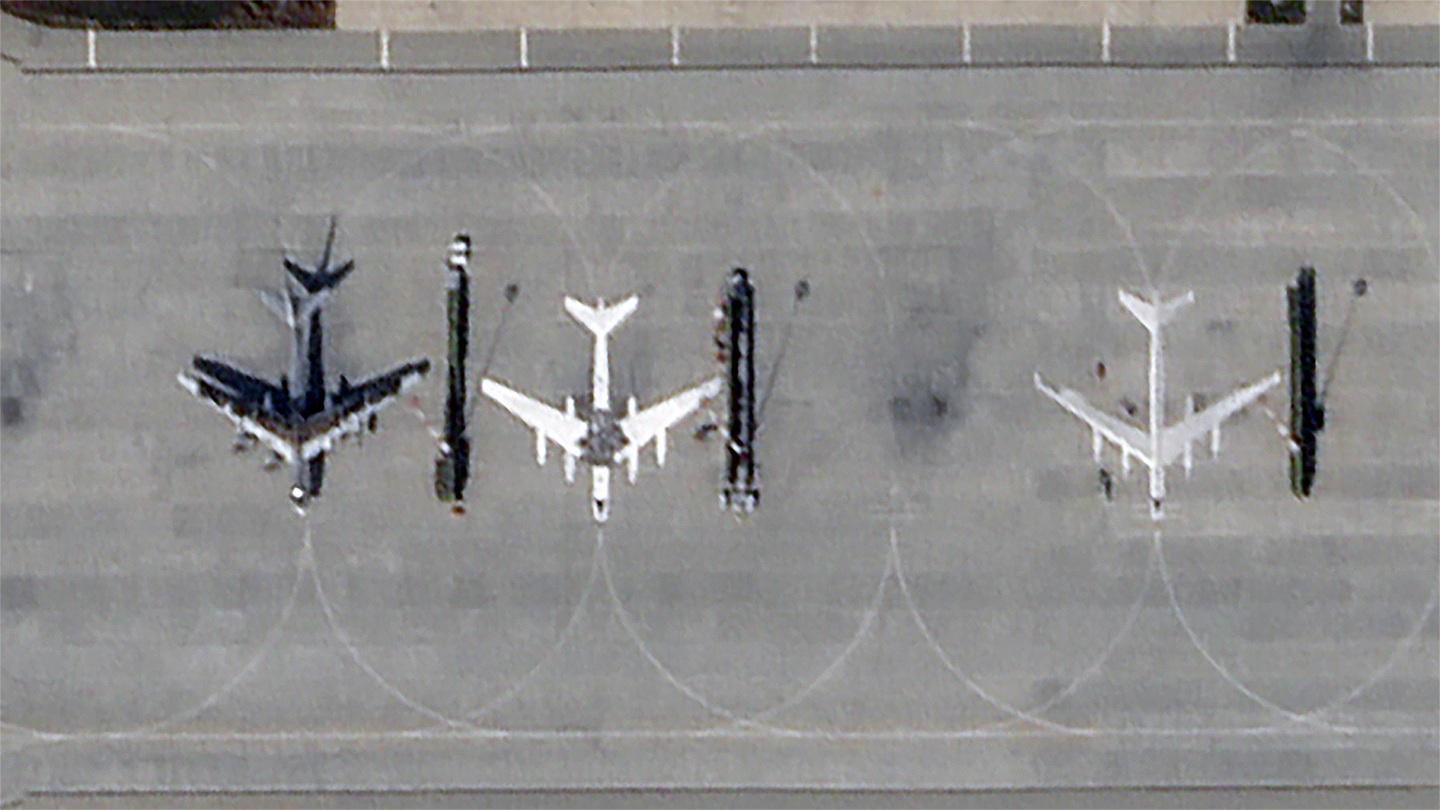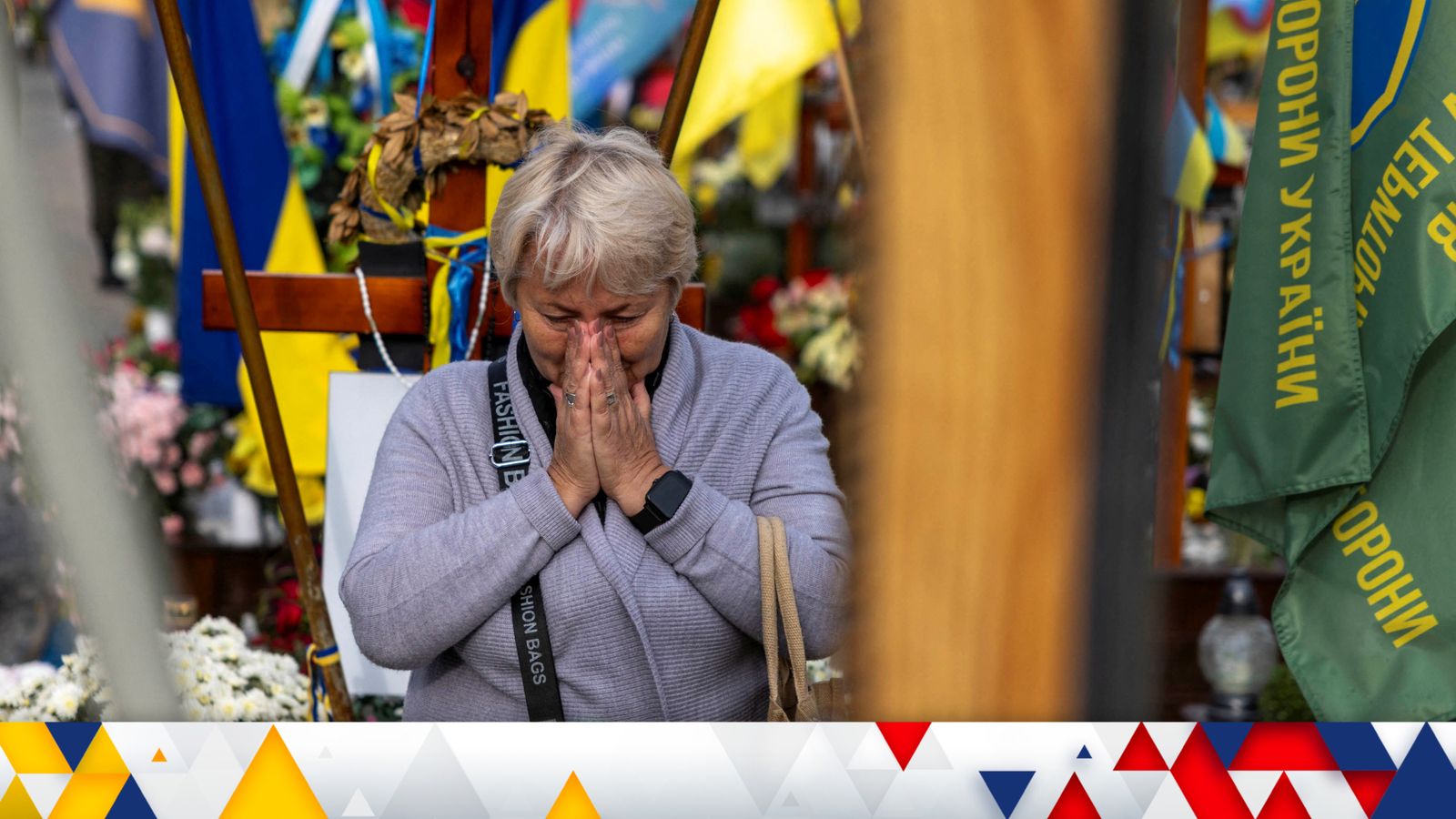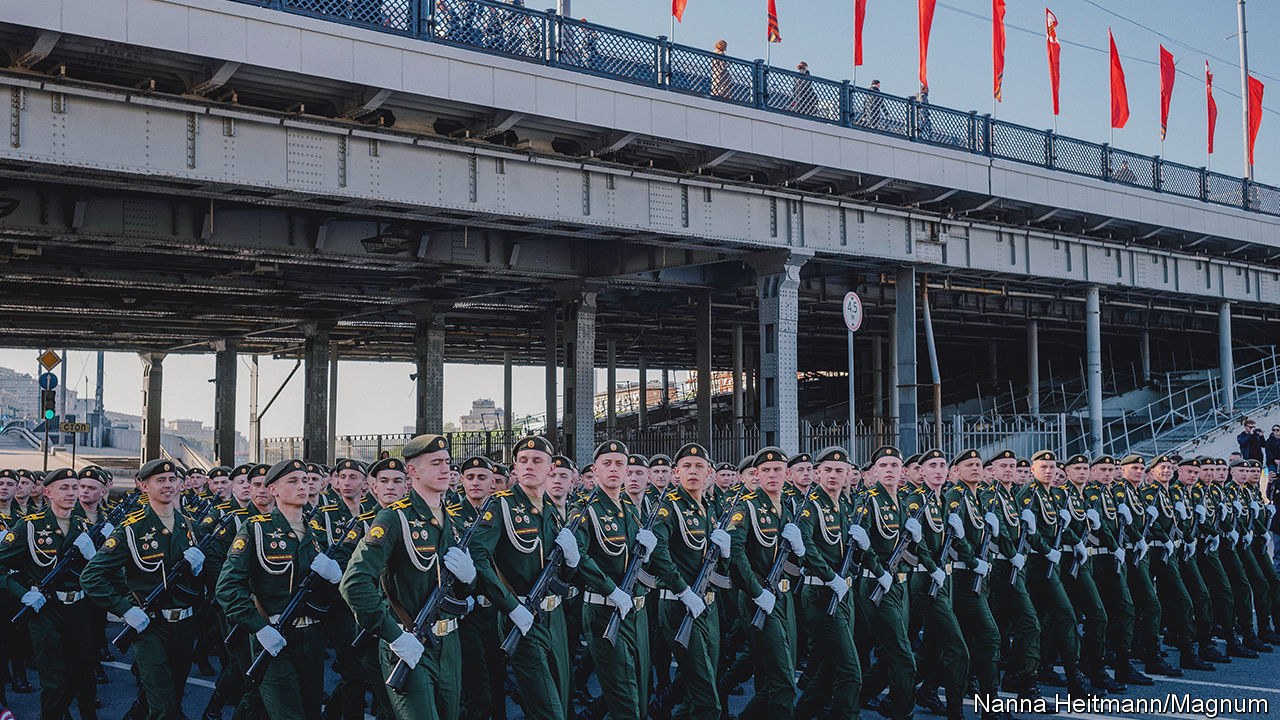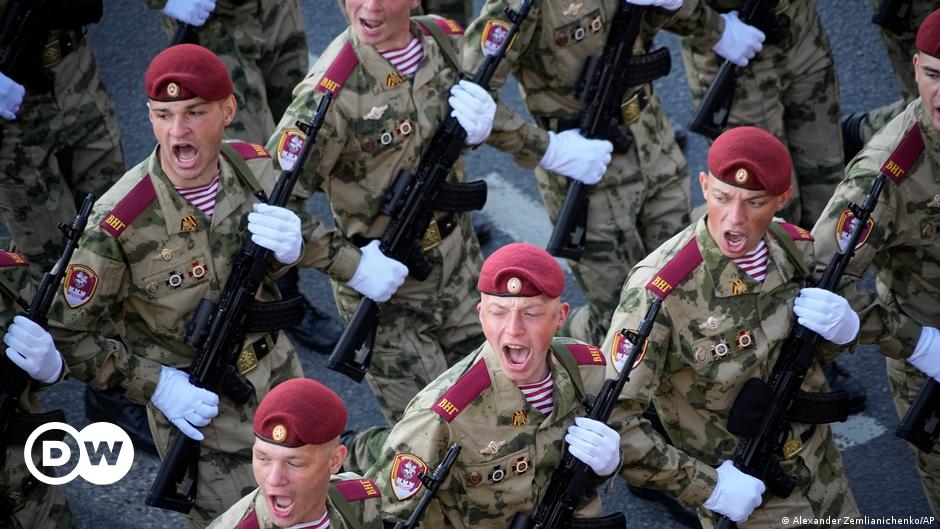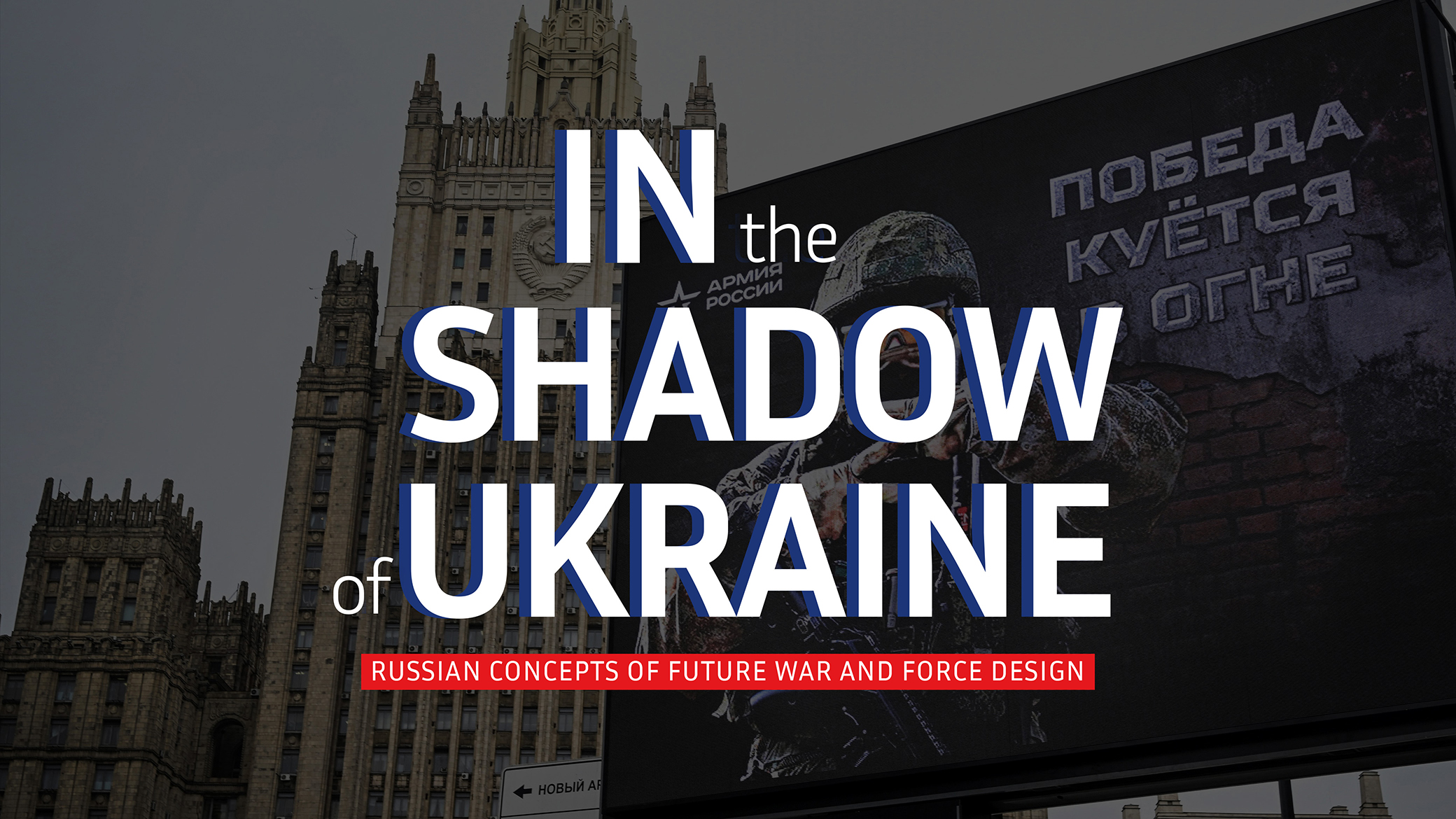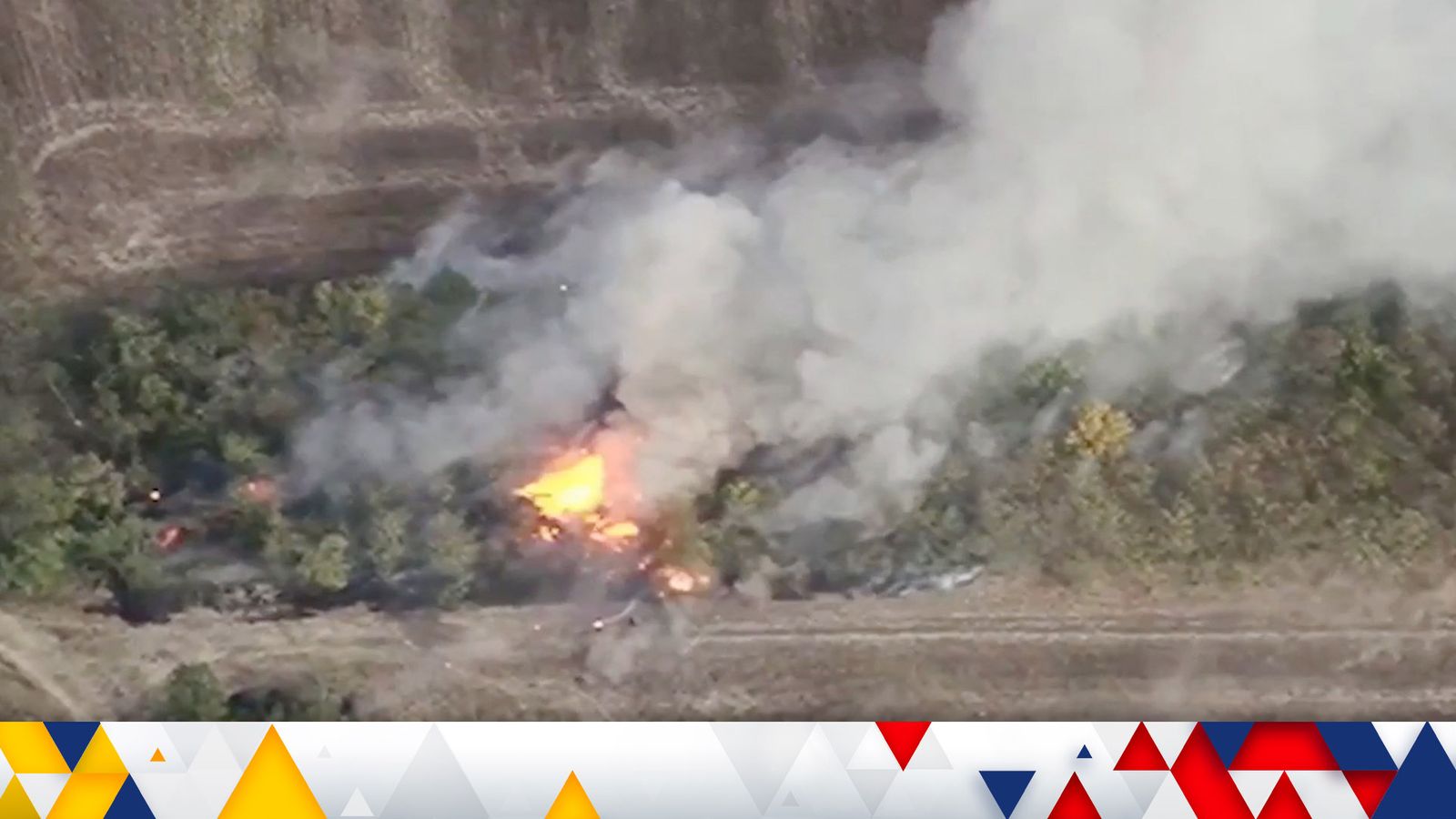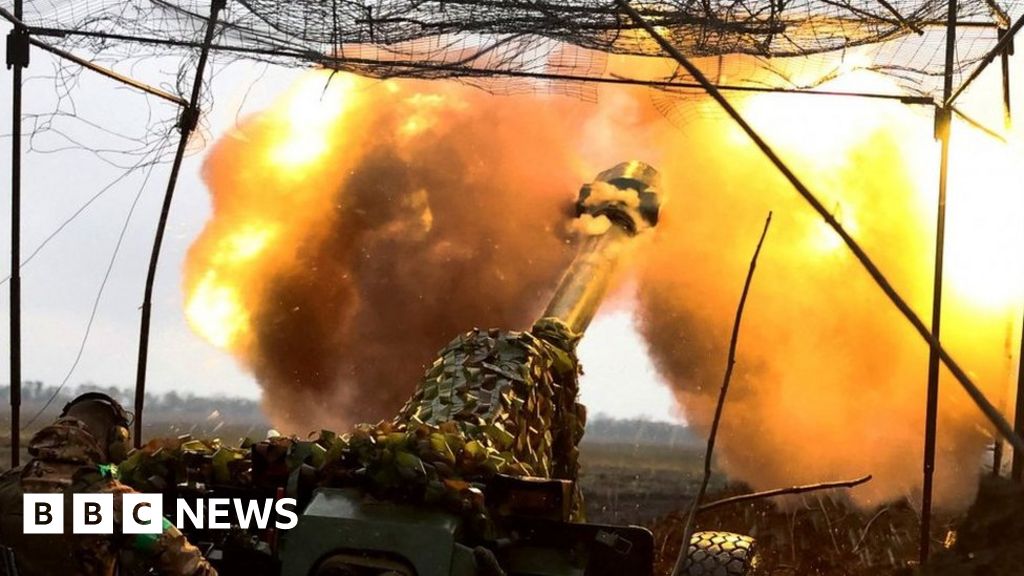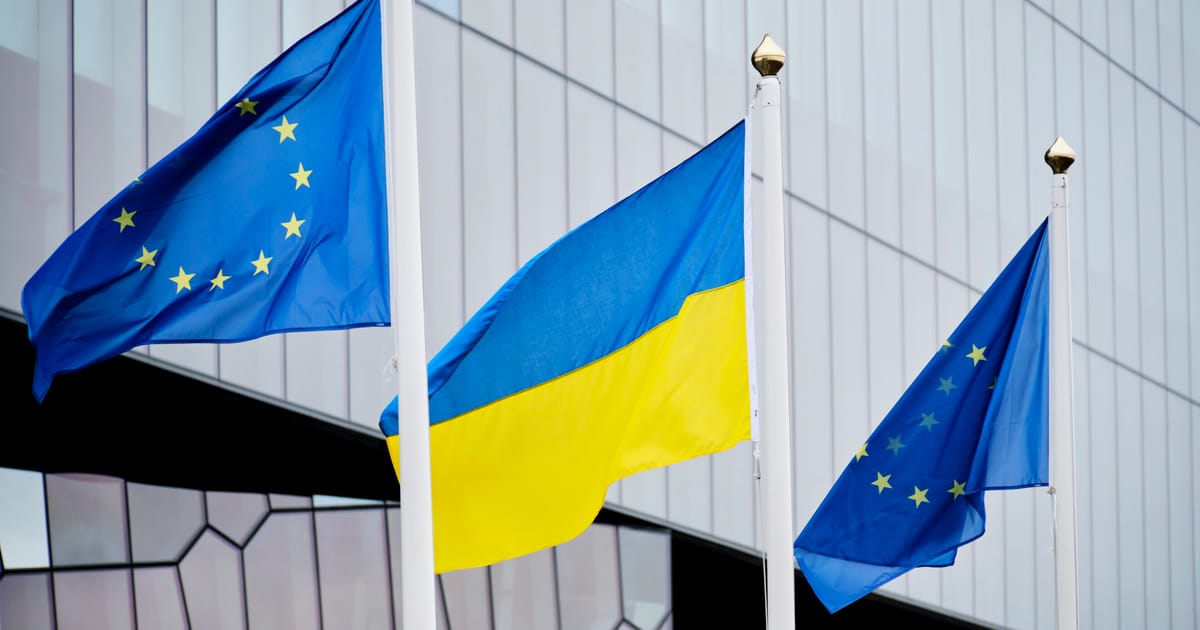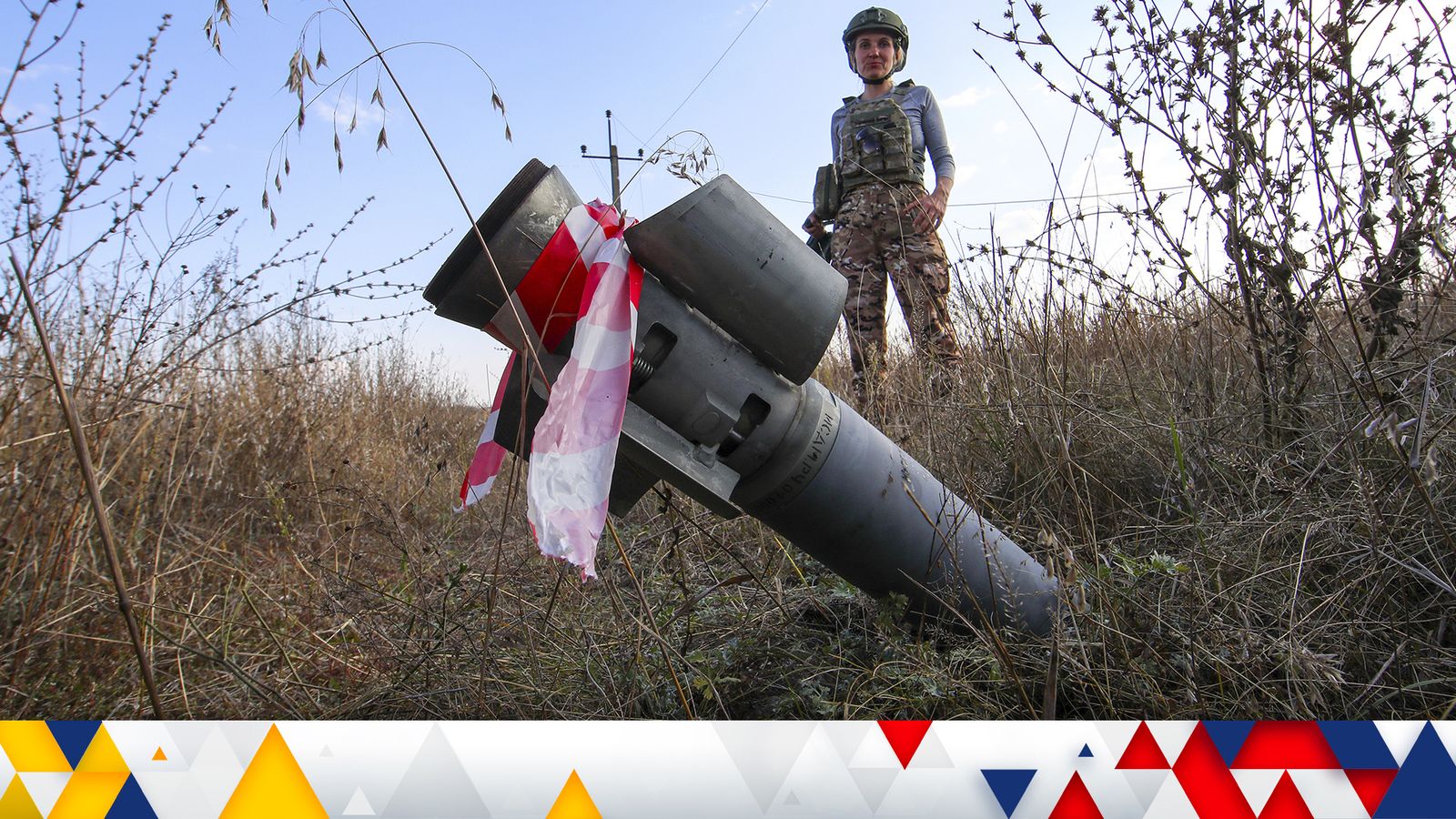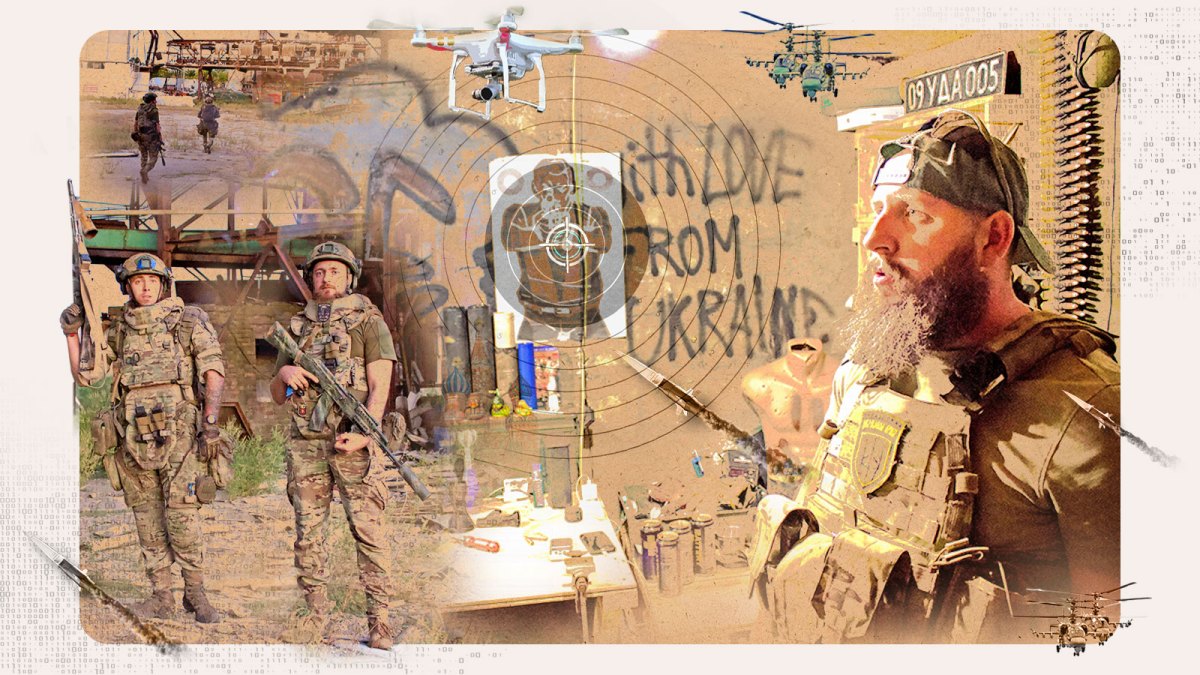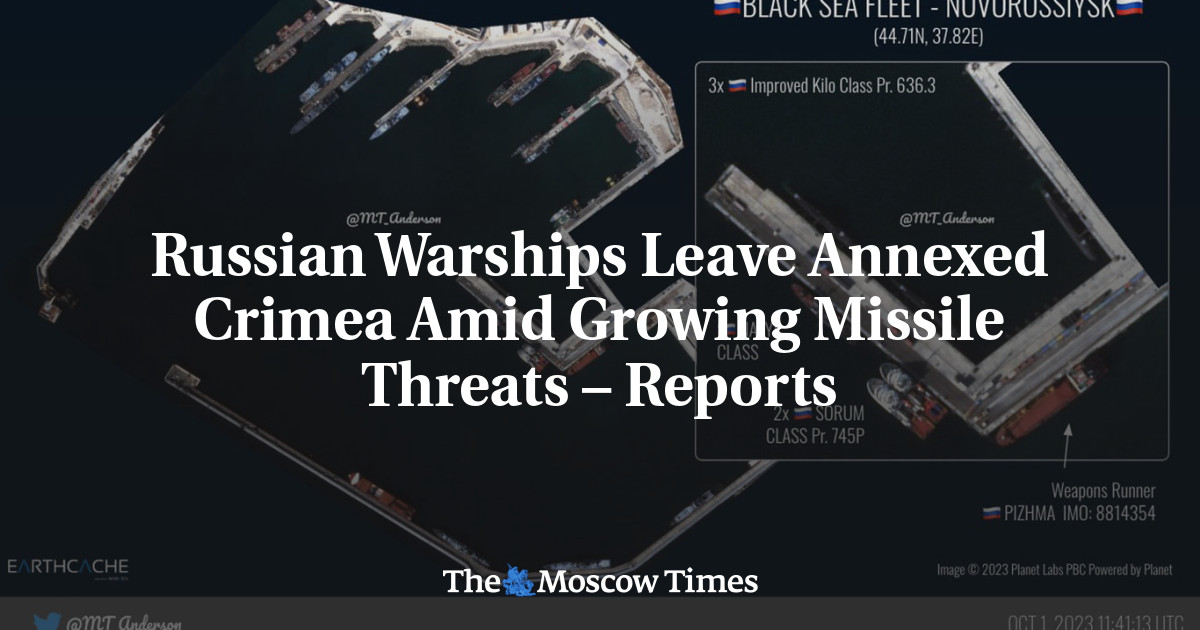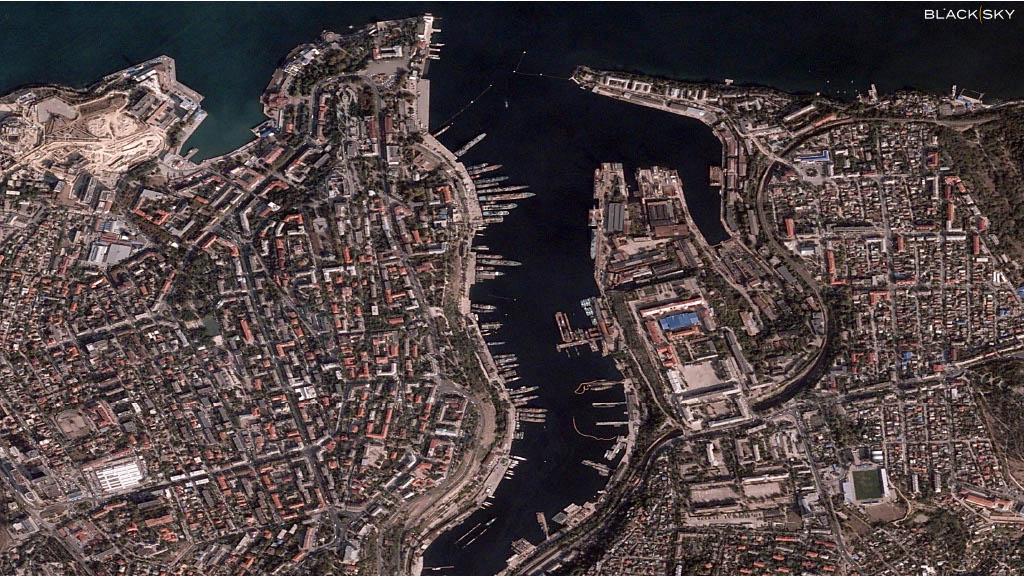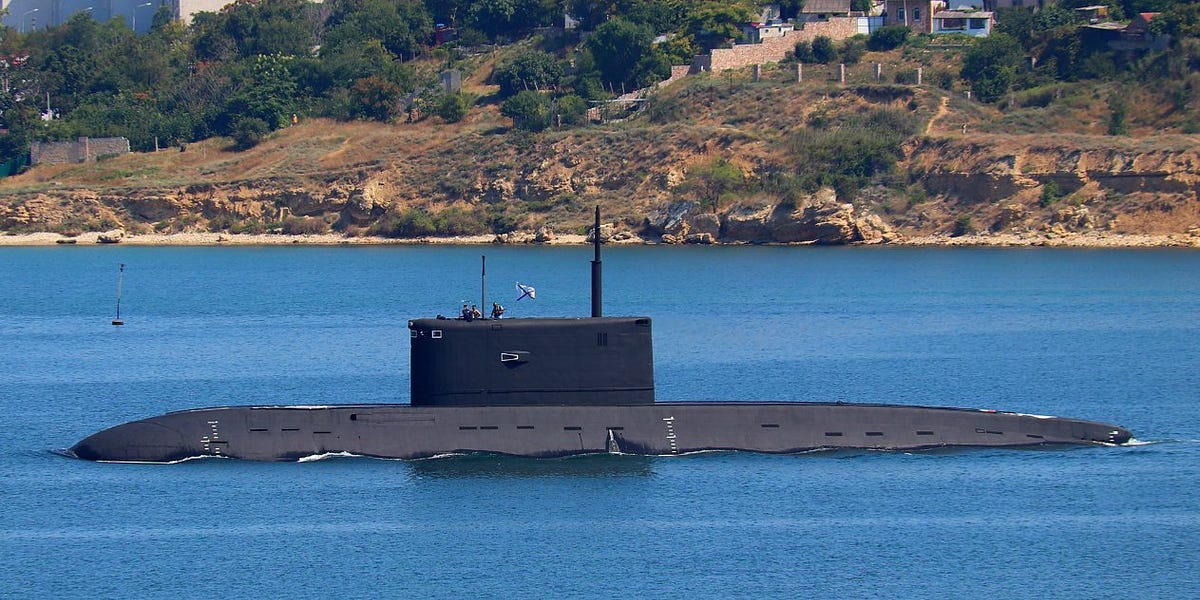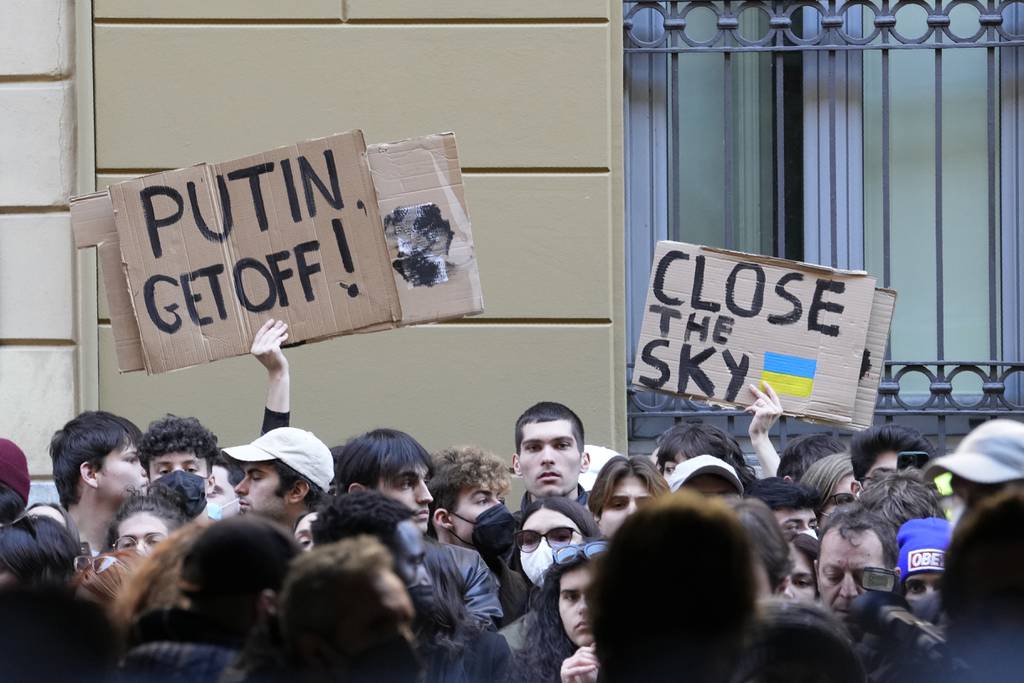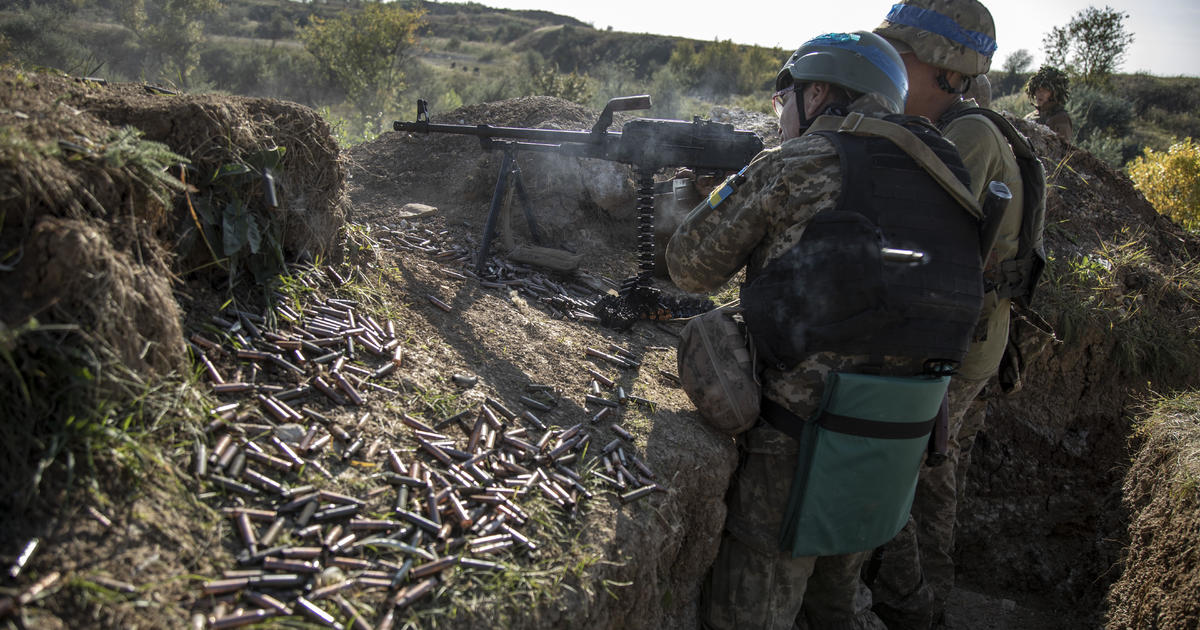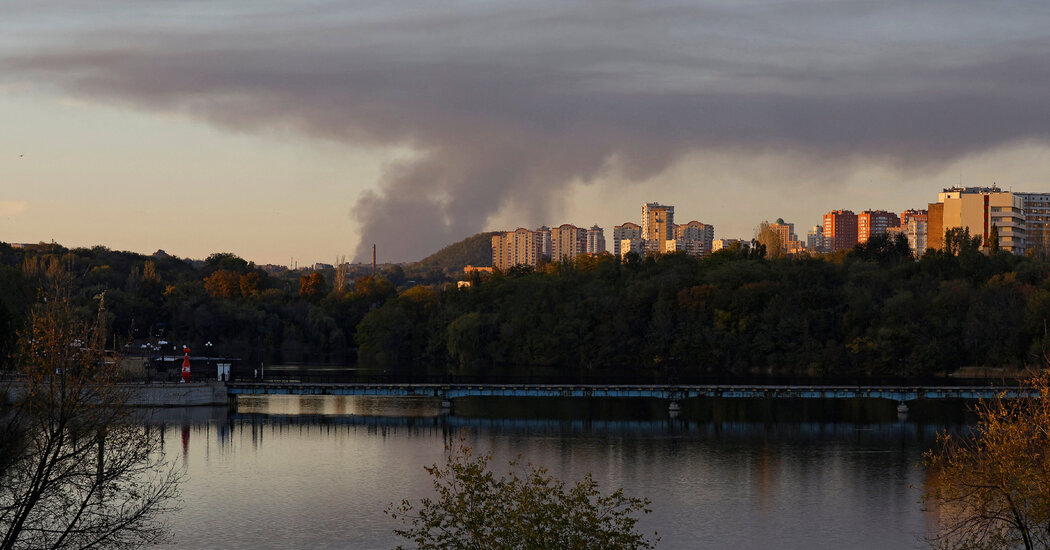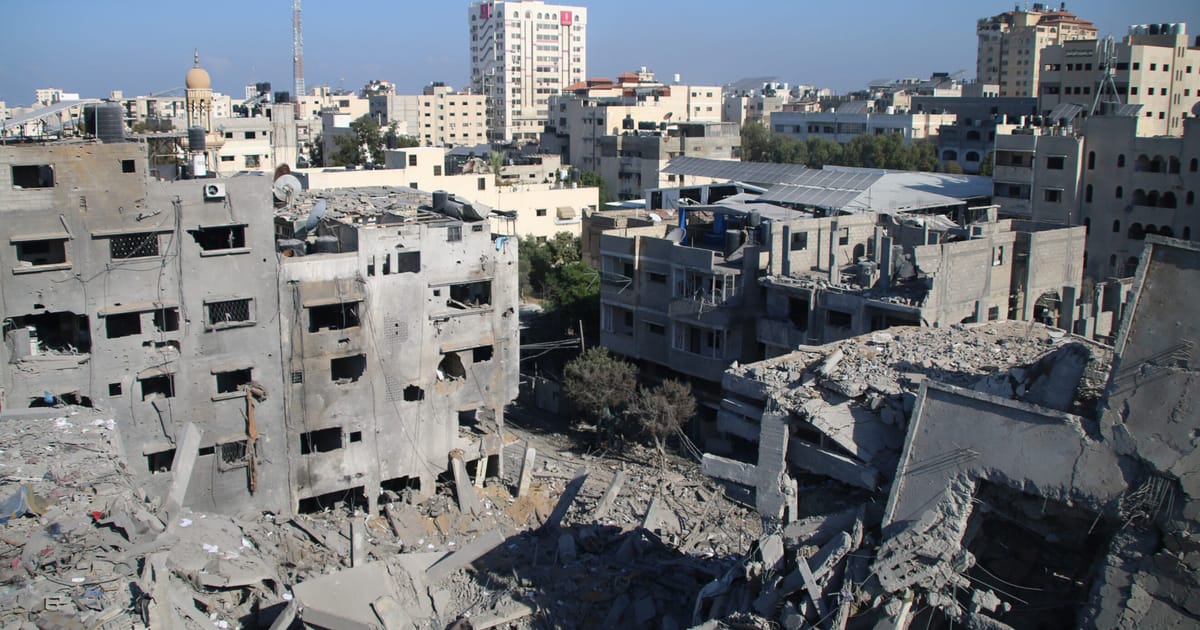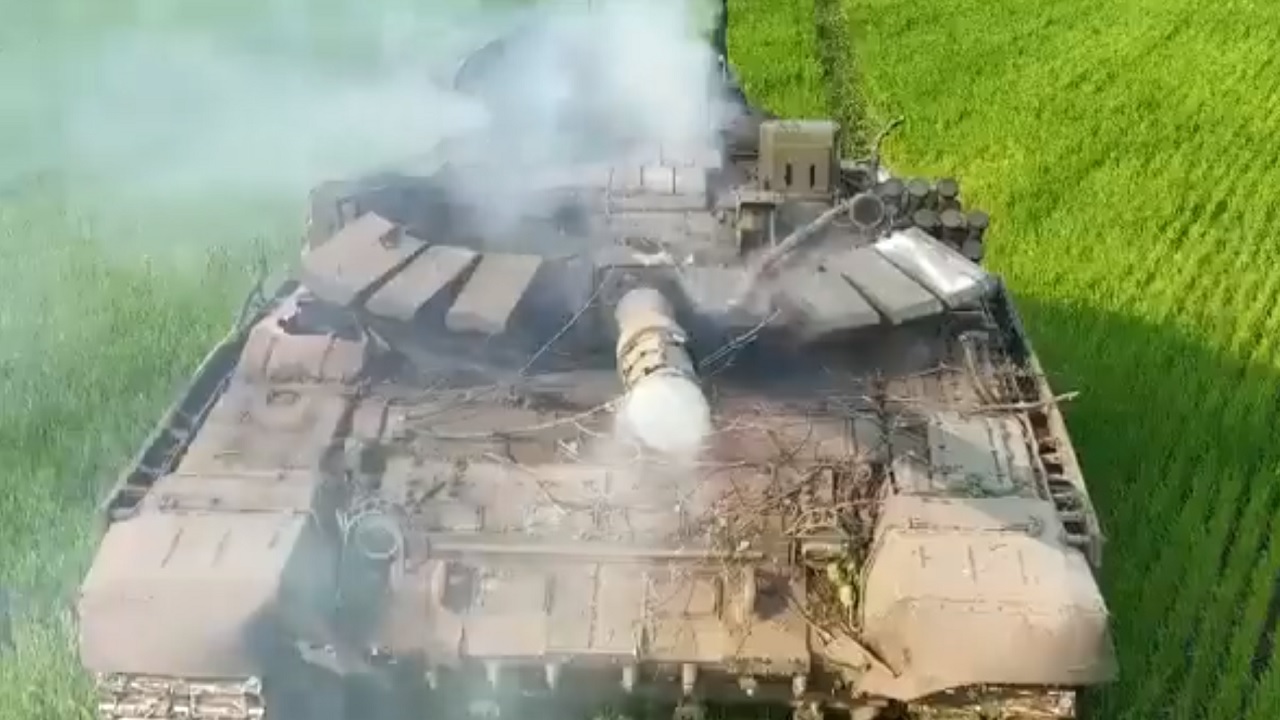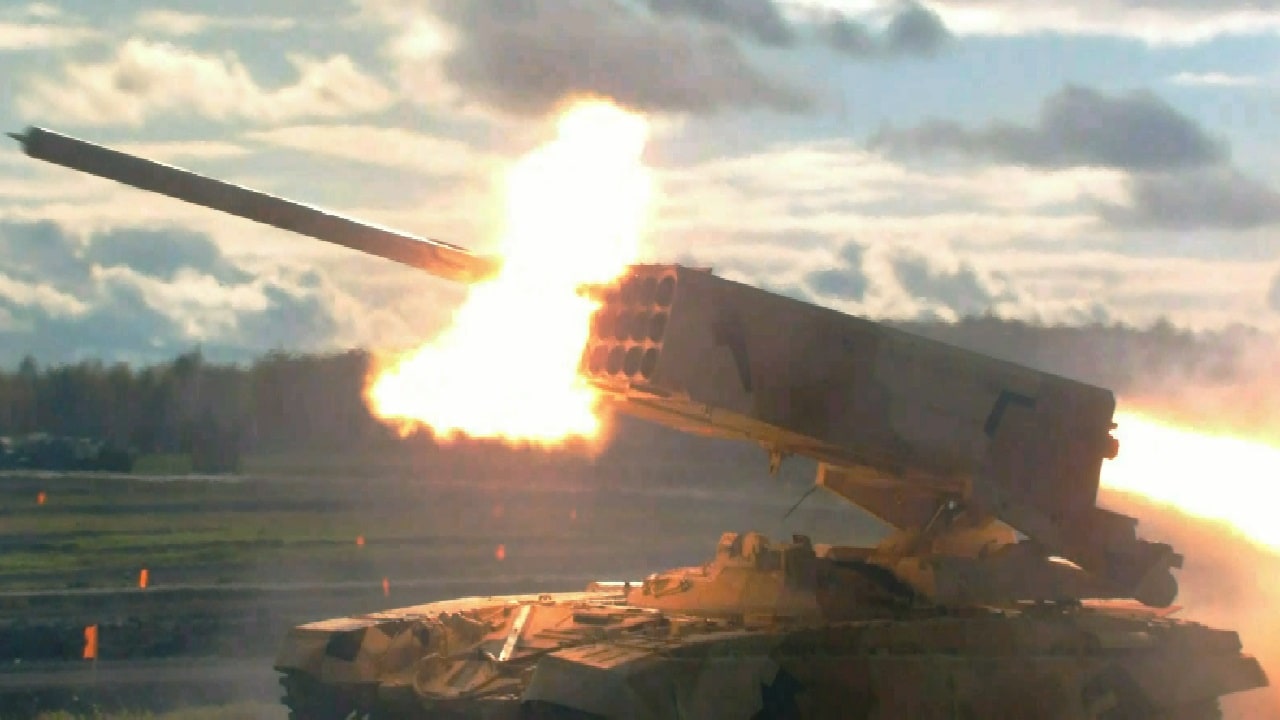Don't Toews Me
Footballguy

Ukraine Steps Up Strikes on Crimea as Offensive Grinds On
Ukraine has stepped up missile and drone attacks on Russian-occupied Crimea, destroying weapons, bases and supply lines as a four-month-old counteroffensive makes halting progress on the ground in the country’s east and south.
After taking out advanced air-defense systems that had protected the peninsula, Ukraine used cruise missiles and drones to destroy ships and the headquarters of Russia’s Black Sea Fleet and recaptured drilling platforms used for radar activity. As a result, the Russian fleet has been further limited, cutting the Kremlin’s capabilities, according to a European official who requested anonymity to discuss matters that aren’t public.
The operations are part of a broader strategy of targeting Russia’s supply lines, logistics and ability to mount offensive operations, the official said. The intensified attacks underscore Ukraine’s progress in gradually degrading Russia’s military effort — and provide a reminder of the embattled nation’s broader strategic goal of retaking the Black Sea peninsula that Moscow illegally annexed in 2014.
But they aren’t likely to enable Ukraine to make a decisive breakthrough in the ground war this year, said the official.
Ukrainian officials suggested at least some of the attacks in Crimea have used the Storm Shadow and Scalp cruise missiles provided by the UK and France, some of the longest-range weapons in Ukraine’s current arsenal. Russian air defenses seem incapable of shooting them down, said the European official.
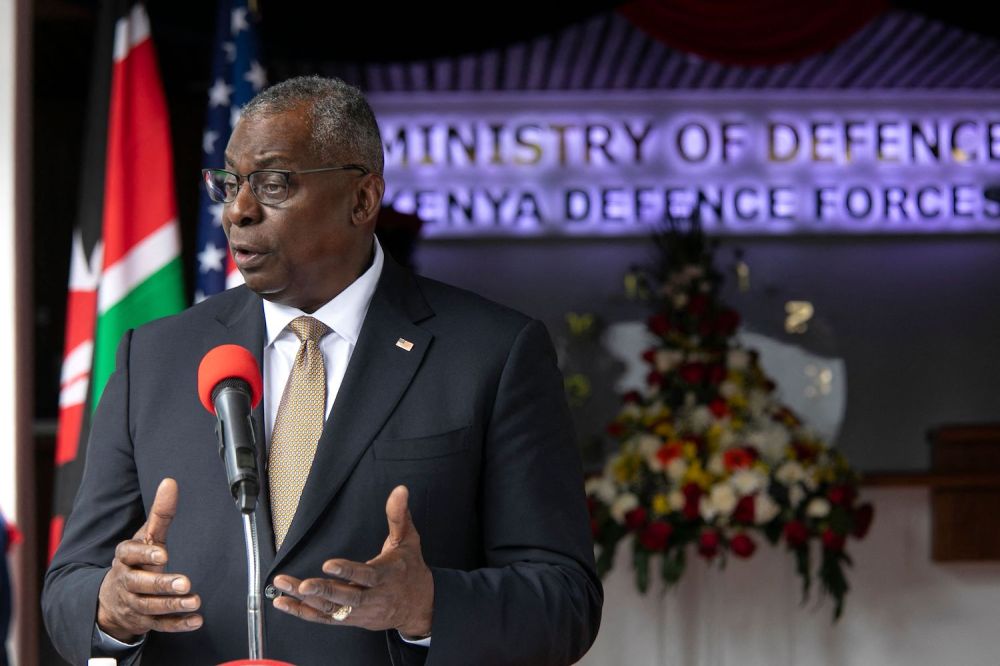
U.S. Defense Secretary Tours Africa
Austin touts U.S. as best alternative to Russia and China during visit.
The United States has heard from several African countries that they regret letting the Russian paramilitary Wagner Group into their territories, current and former U.S. military and defense officials told Jack. “We are seeing a growing understanding that this is, at minimum, a double-edged sword but, at worst, a net negative for countries that have enabled Wagner presence,” said a senior U.S. defense official, who spoke on condition of anonymity based on ground rules set by the Pentagon. One of the groups that regrets letting in Wagner is the eastern Libyan faction led by strongman Khalifa Haftar, according to one former U.S. military commander.

